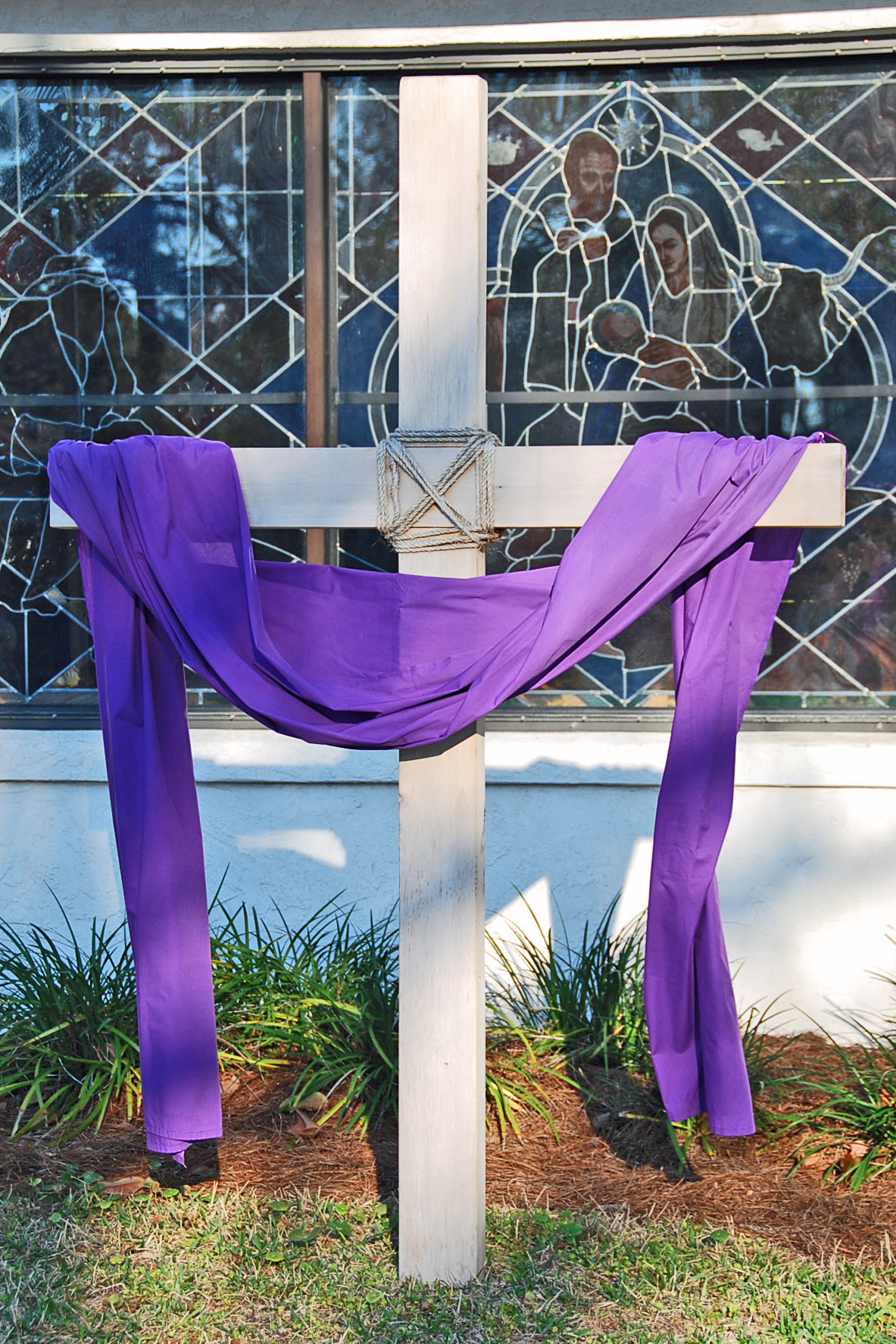Thomas was not with the disciples when Jesus came. So the other disciples told him, We have seen the Lord!
But he said to them, Unless I see the nail marks in his hands and put my finger where the nails were, and put my hand into his side, I will not believe.
A week later his disciples were in the house again, and Thomas was with them. Though the doors were locked, Jesus came and stood among them and said, Peace be with you! Then he said to Thomas, Put your finger here; see my hands. Reach out your hand and put it into my side. Stop doubting and believe.
Thomas said to him, My Lord and my God!
John 20.24-28
Everything I’m about to say is totally speculative. Or at least it is anchored, as it were, in my ruminations and imagination and not in proof texts and solid biblical theology.
But it starts with Scripture.
When Jesus was resurrected, he came back into new life still bearing the wounds of his crucifixion. He had holes from the nails in his hands. He had the wound from the spear in his side. These wounds proved to doubting Thomas that he was, in fact, the same Christ who had been crucified. Thomas doubted, even though everyone else believed. Thomas took no comfort from the testimony of his peers. Thomas refused to acknowledge the miracles Jesus performed after his resurrection as proof of his identity. Only Christ’s wounds identified him.
Our wounds define us. Our wounds tell others who we really are.
I imagine that when we are resurrected into our new bodies, perfect though Paul tells us they may be, the manner of their perfection will be quite different from the way we picture perfection. Like Christ, we will still bear our wounds. I don’t know to what degree, or even which wounds we will retain and which will be healed over (or even if the specifics will concern us). But this thought is consistent both with Scripture’s witness concerning Christ and with the character and nature of God: our wounds will show forth even though they have been healed.
The wounds will be there, but they will neither bleed nor hurt. They will no longer hinder us, but will instead be marks of who we really are. They will be the proof that David is still David, telling the story of how David came to life in Christ Jesus and into eternal life.
In the First Nations bands, known as Native American tribes here in the Midwest, totem poles are used to tell the history of each band of people. Each totem tells part of their history. Each visual is a representation of who they really are. Our bodies will someday be like these totem poles. Just as Jesus shared himself and proved himself to Thomas, we will share and prove our stories and our experiences with one another.
But unlike Thomas’s experience, these times will not be marked with grief, accusation, or shame at our lack of faith. These times will be celebratory and fun, like times we share in the lodge after snowboarding, where we pull up our pant legs and show the scars we earned when we first failed a landing. These will be locker room moments, where we compare who got the most stitches from the biggest hit. Our wounds will give us bragging rights, but without any braggadocio, because God will get the glory for our wounds.
Now, when we share our testimonies with each other, we praise God when we hear of someone who came out of an abusive situation or who is no longer involved in illegal activity or who was delivered from addiction or involvement in the occult. Their deliverance from a dark past causes us to glorify God. Only he could set them free from that. That’s what comparing our wounds will be like. Only God could resurrect us from such hurt. Only God is able to give us new life when our old lives left us so little.
I told you earlier that this idea is speculation. It is based on Scripture, but it’s entirely possible I’ve mis-imagined how this will all work. But if nothing else, it does give us a good way of understanding how to love our wounds in the present. We should not hide the sufferings from which we have been healed. We should share them. Only God could have brought us this far, and we must tell our stories to others so they can marvel at the size of our scars and the miracle of our healing.
But it all begins with a willingness to show one another our wounds; only then will we see each other for who we really are and who God has become in each of our lives.
This post is from Seasons of Christian Spirituality.
fossores
Related posts
Categories
Category Cloud
Tag Cloud
Recent Posts
- Victors and Victims November 6, 2018
- 3 Hacks for Happiness October 29, 2018
- Hope Against Death September 20, 2018
- The Shape Of The Cross September 19, 2018


